URANUS A unique ice giant

Why Is Uranus Sideways?
The tilt was first measured in 1851, and for decades the most popular explanation has been a collision at a glancing angle with another planet, like the impact that gave birth to Earth’s Moon. One problem with this hypothesis is that none of the other planets have large tilts, despite experiencing the same kinds of collisions. Another is that Uranus' rings and moons are also tilted at the same angle, and a single collision could not have knocked everything on its side. A different explanation has been proposed recently that better fits our observations. Even Uranus’ largest moons are small in comparison the other giant planets, but if it had a large moon in the past and its orbit started drifting, gravitational tugging on Uranus and its other moons and rings could have gradually tilted all of them together. At some point, the moon’s orbit could have become chaotic, ultimately crashing into Uranus and locking the system’s tilt in place. Read More
Latest News About Uranus
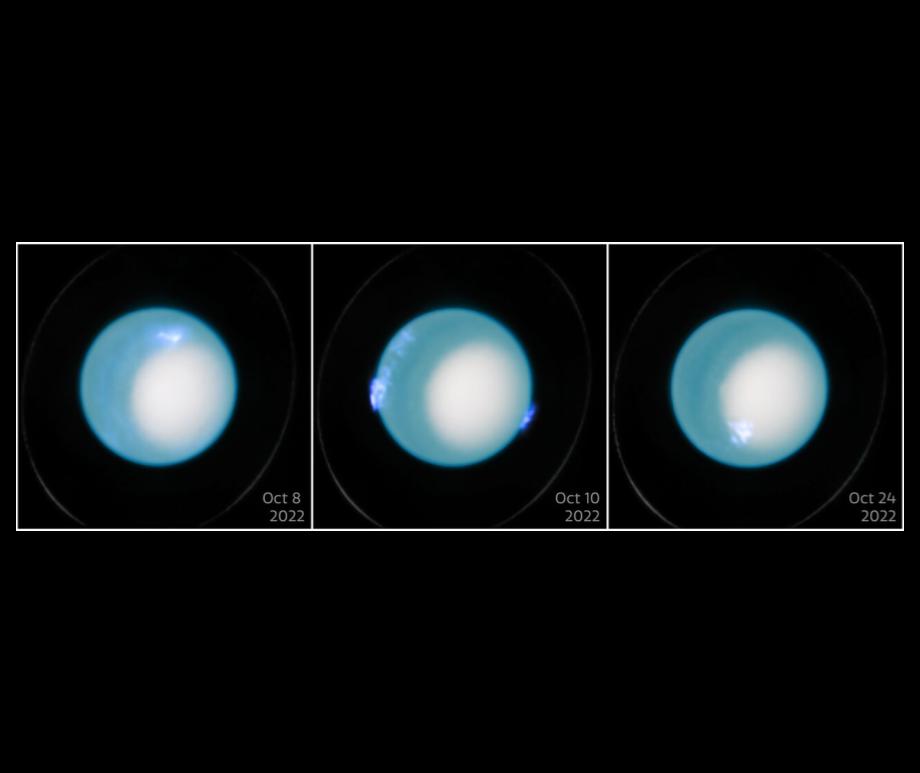
Hubble helps determine Uranus' rotation rate with unprecedented precision
April 7, 2025
New measurements refine the accuracy of Uranus' interior rotation rate 1000 times greater than before Read more
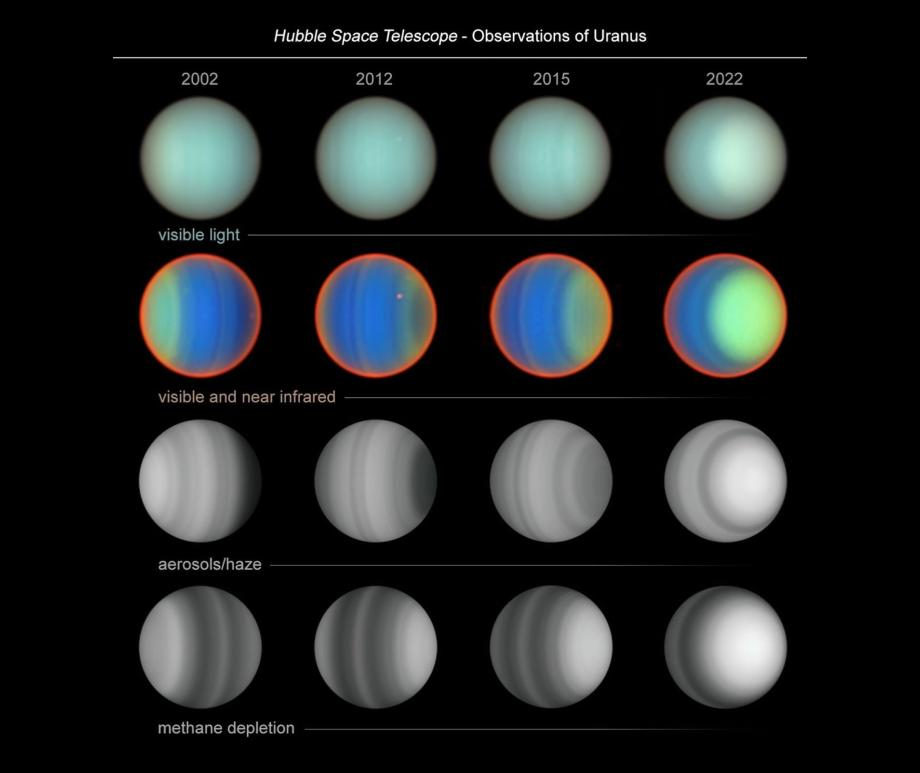
20-Year Hubble study of Uranus yields new atmospheric insights
March 31, 2025
Findings offer new insight into how Uranus’s atmosphere responds to shifts in sunlight Read more
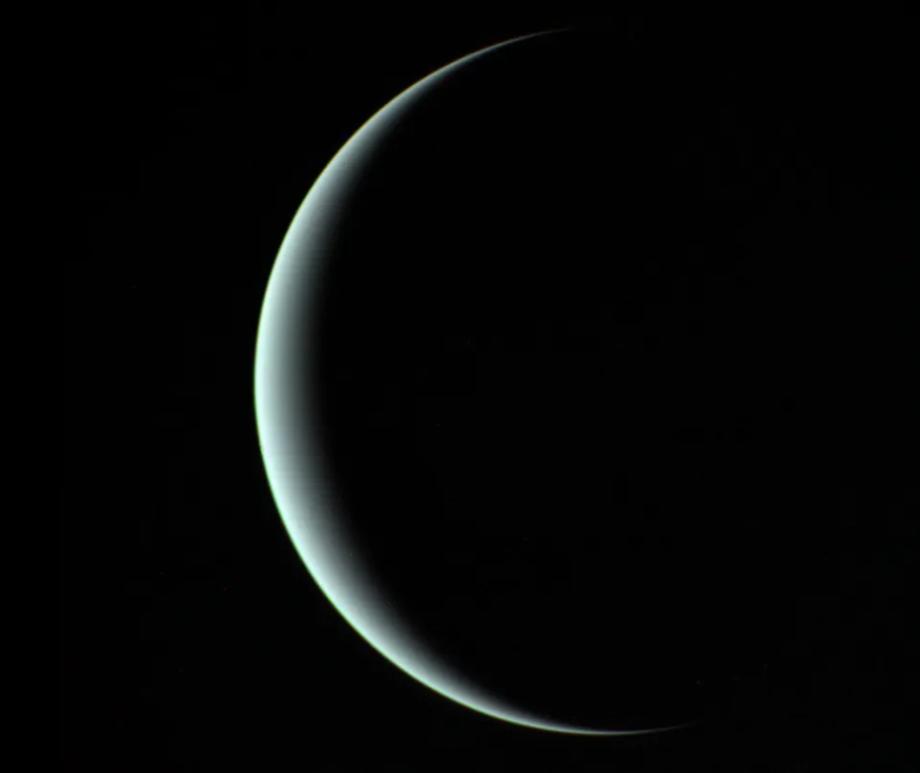
Uranus emits more heat than previously thought
March 11, 2025
All four of the sun’s giant planets emit more energy than they receive from the sun Read more
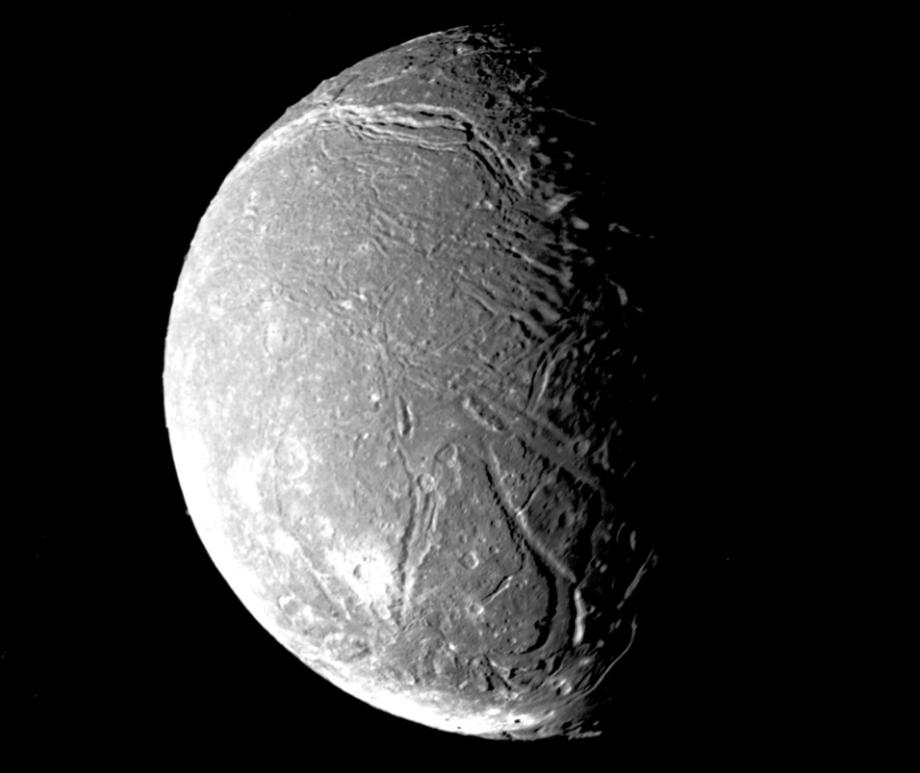
Deep chasms could lead to a hidden ocean on Uranus's moon Ariel
February 11, 2025
These grooves might be the best way of uncovering more details about the moon's interior Read more
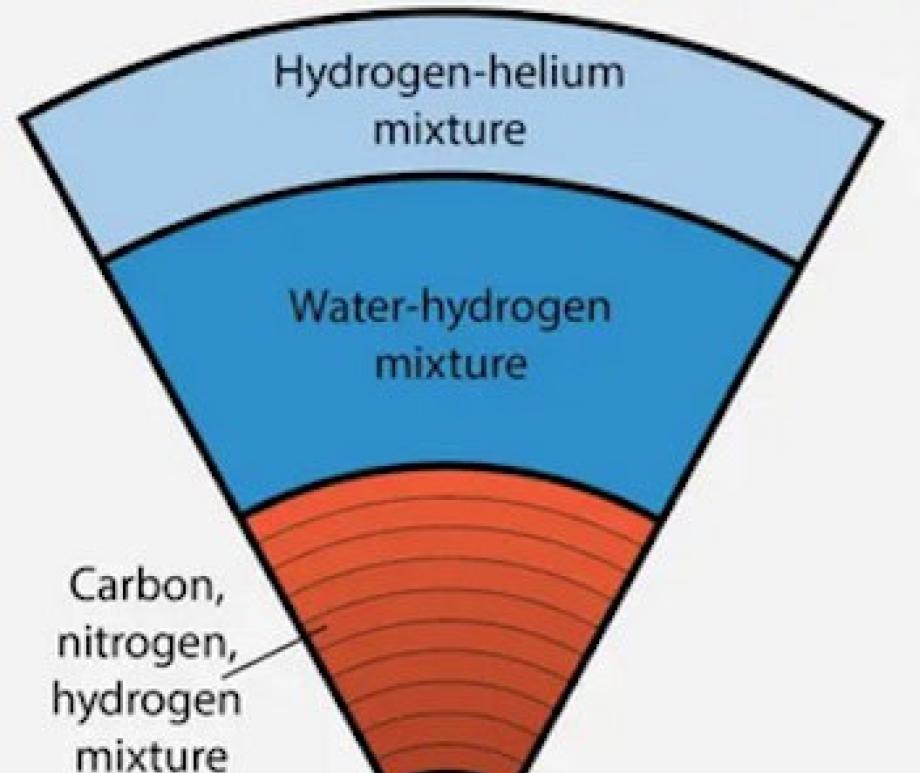
Immiscible ice layers may explain why Uranus and Neptune lack magnetic poles
December 17, 2024
Their disorganized magnetic fields may arise from the icy fluids that make up their interiors Read more
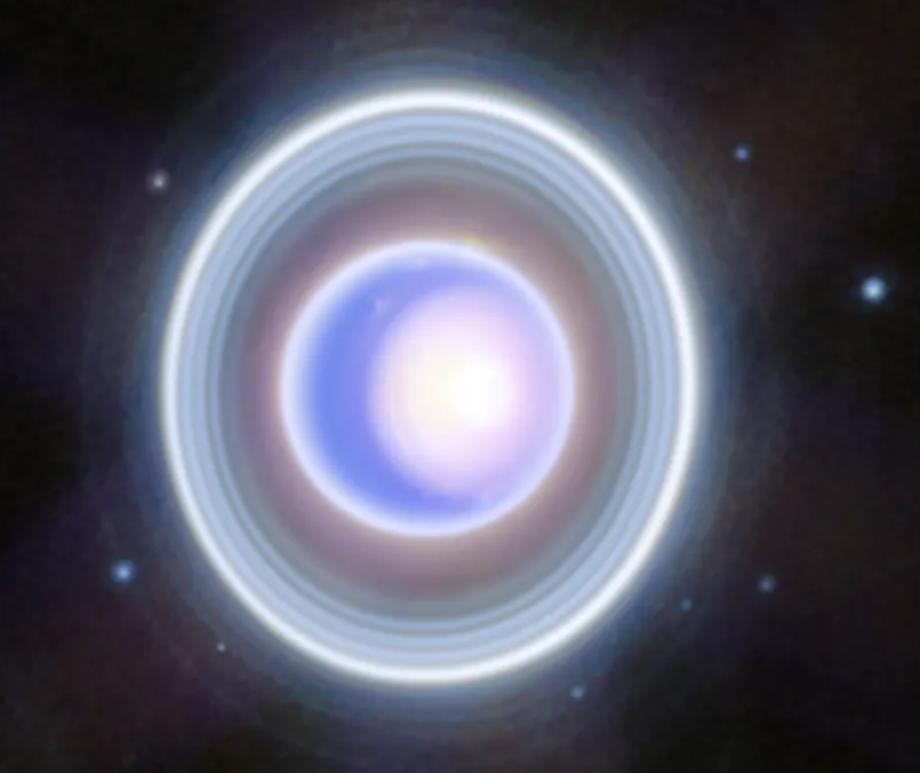
Are there hidden oceans inside the moons of Uranus?
December 9, 2024
"Discovering liquid water oceans inside the moons of Uranus would transform our thinking about where life could exist." Read more
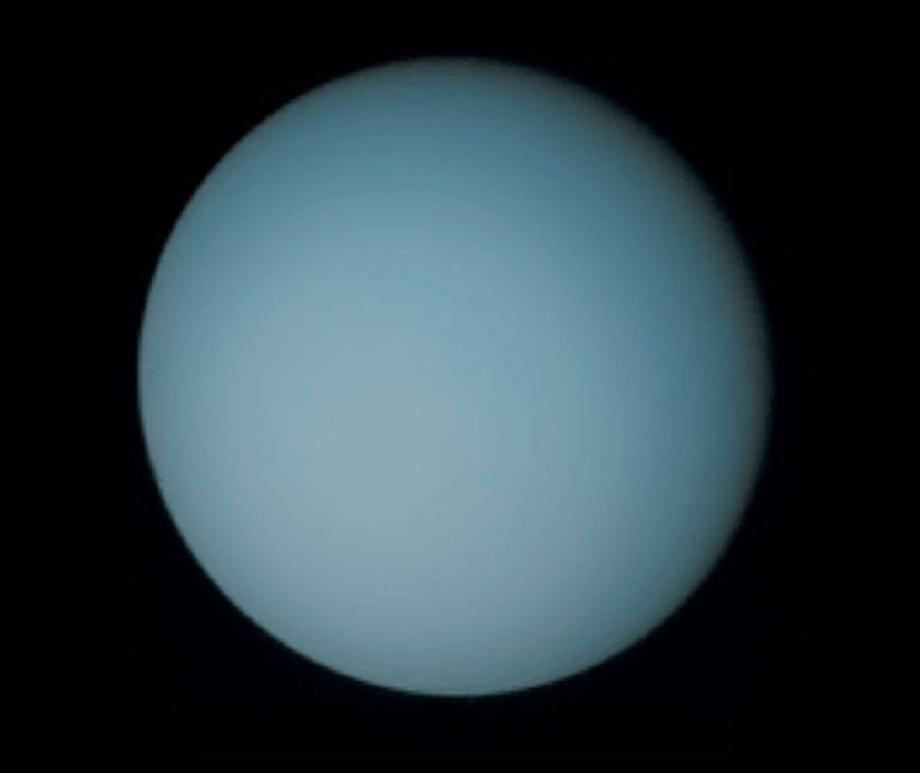
Uranus’s swaying moons will help spacecraft seek out hidden oceans
November 25, 2024
The largest of Uranus' 27 moons are able to keep the planet's stunted rings in check Read more
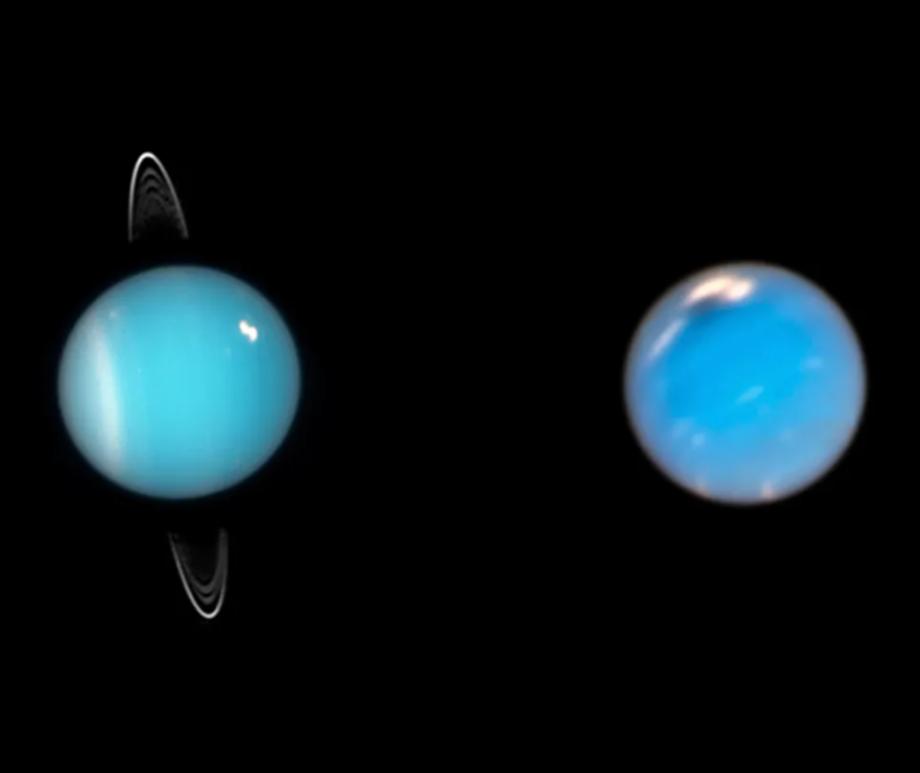
Neptune and Uranus have a magnetic mystery — but the case may finally be cracked
November 25, 2024
They have missing "dipole magnetic fields." Here's why that's really weird Read more
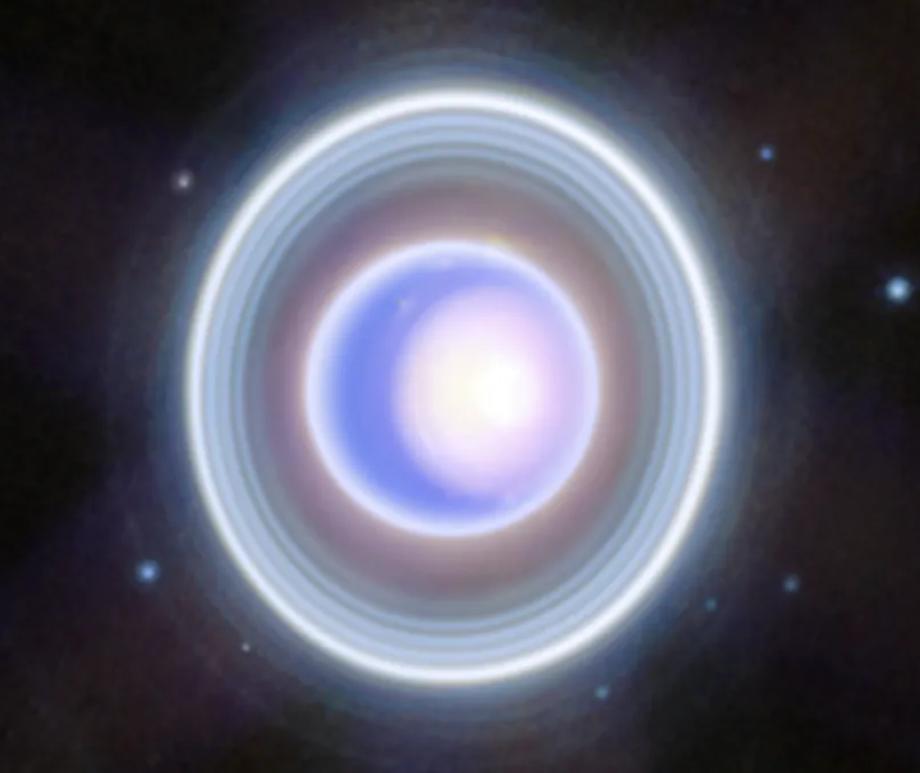
Long ago, Voyager 2 might have caught Uranus at a bad time
November 12, 2024
The spacecraft saw Uranus in conditions that only occur about 4% of the time Read more
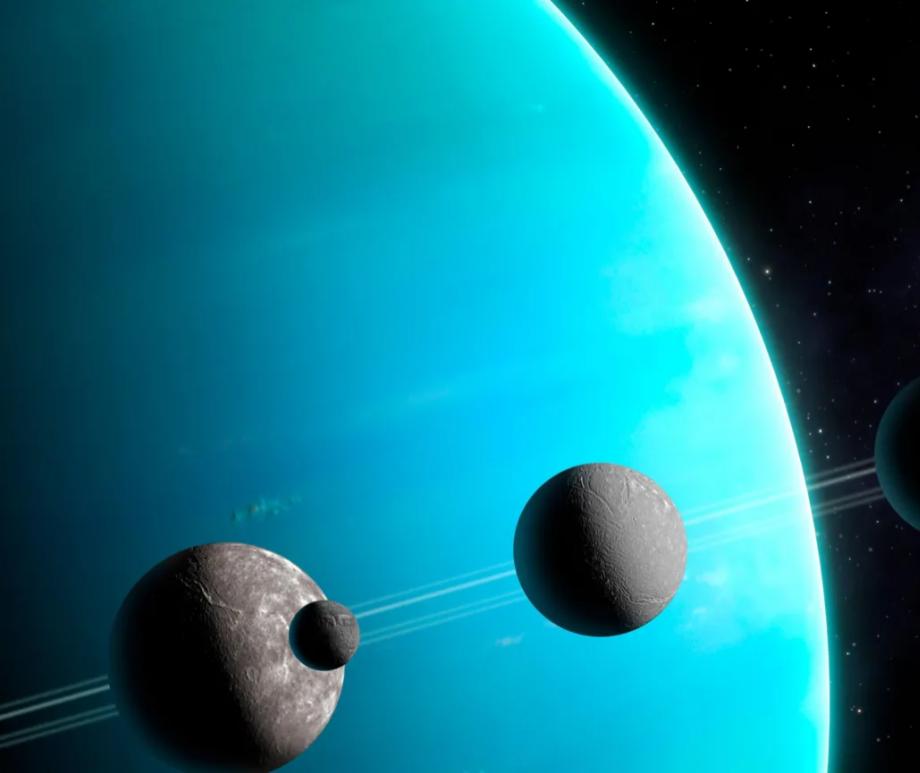
New study on moons of Uranus raises chance of life
November 11, 2024
They may have oceans, and the moons may even be capable of supporting life, scientists say Read more
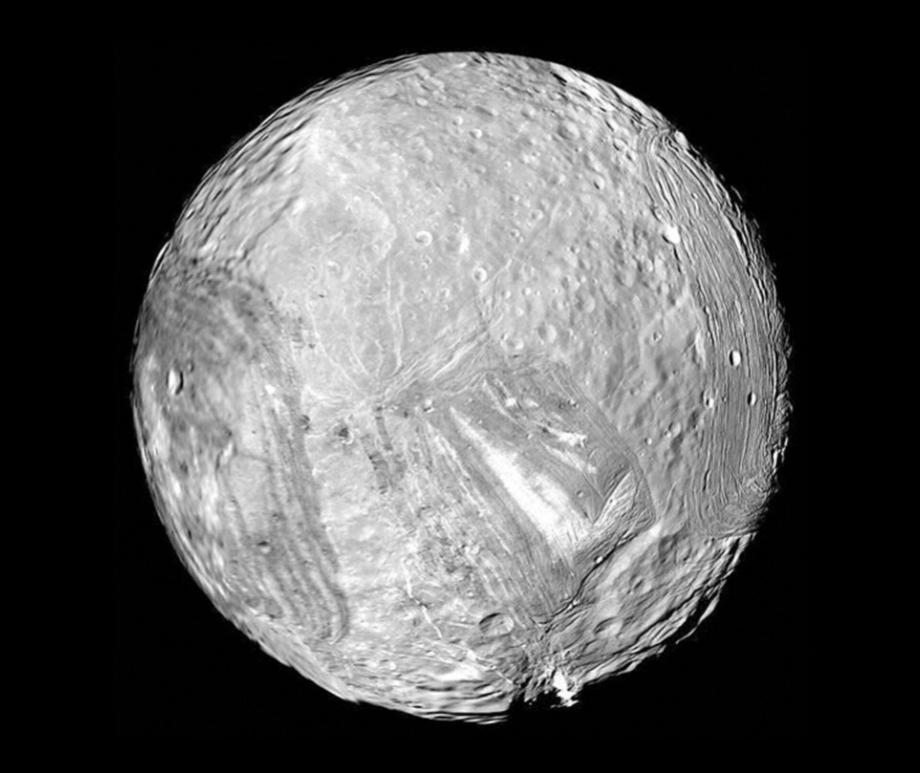
Uranus' moon Miranda may have an ocean beneath its surface
October 29, 2024
It may be one of the few select worlds in our solar system with potentially life-sustaining environments Read more
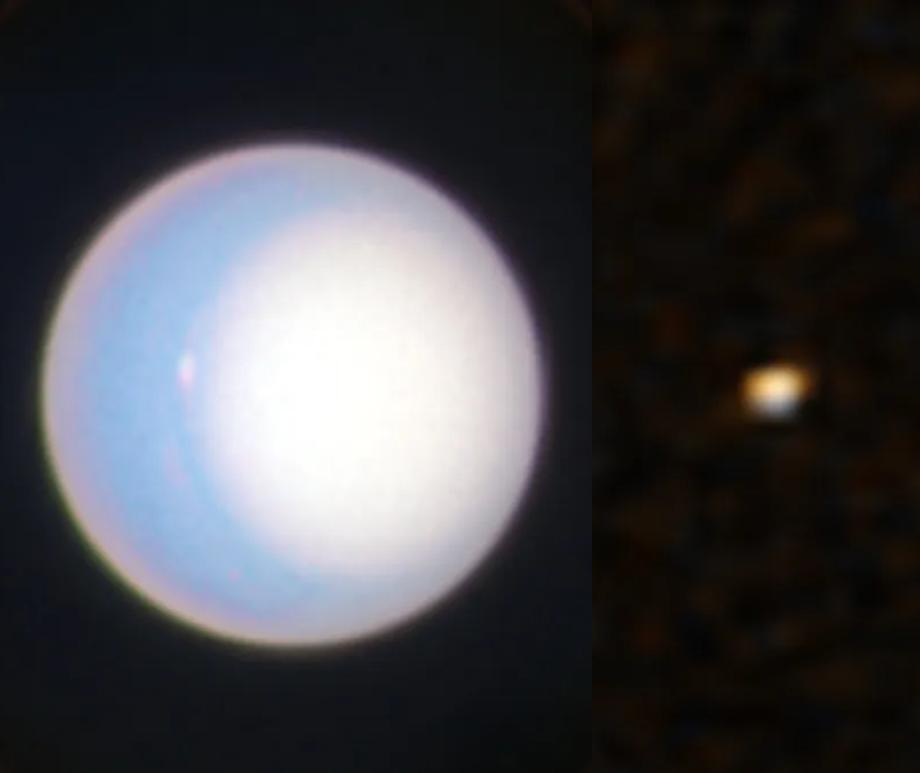
NASA images Uranus with epic team up of Hubble Telescope and New Horizons Pluto probe
October 11, 2024
The investigation shows what is needed to directly image more planets beyond the solar system. Read more
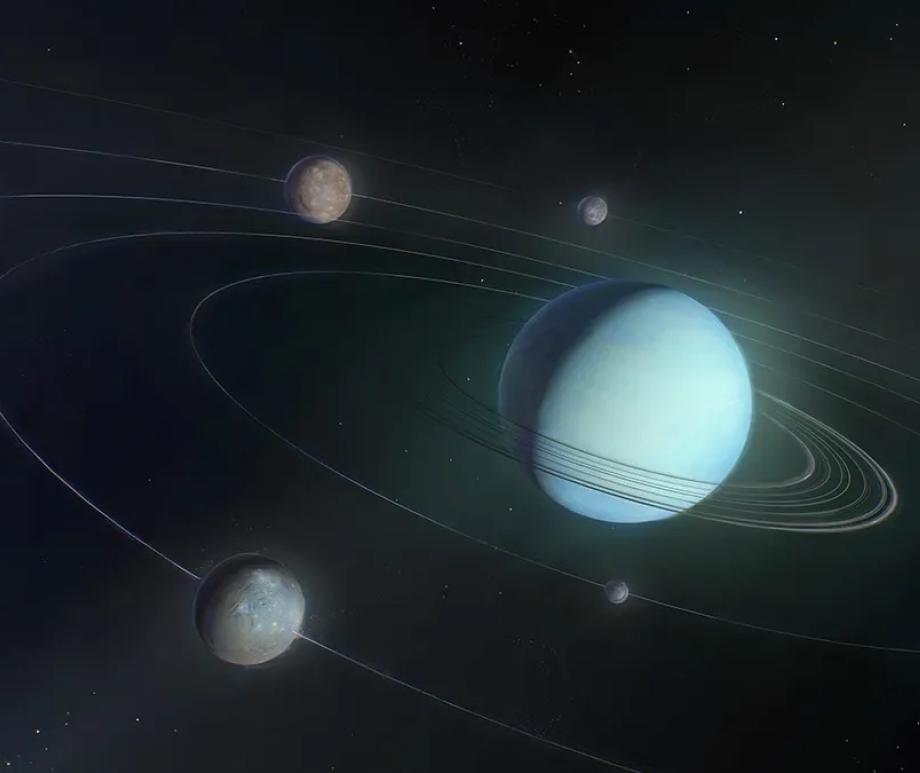
Some of Uranus' moons might be able to support life. Here's what a mission might reveal
October 1, 2024
Uranian moons could still host subsurface oceans at present Read more
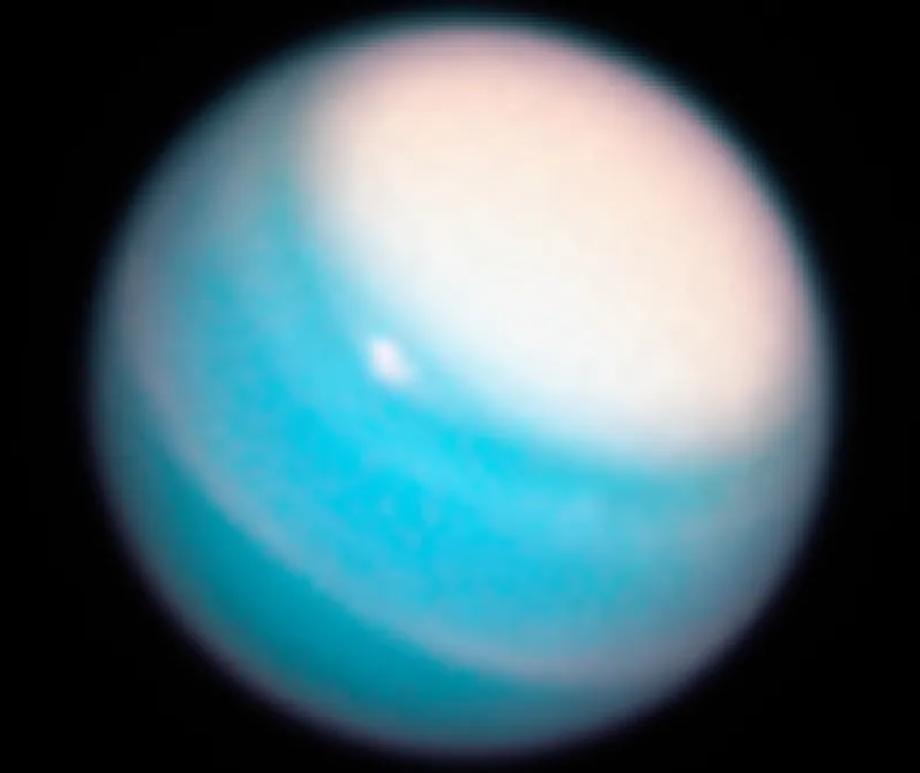
Scientists finally know why ultraviolent superstorms flare up on Uranus and Neptune
September 16, 2024
Scientists have uncovered the secret ingredient fueling supercharged storms on Uranus and Neptune: methane. Read more
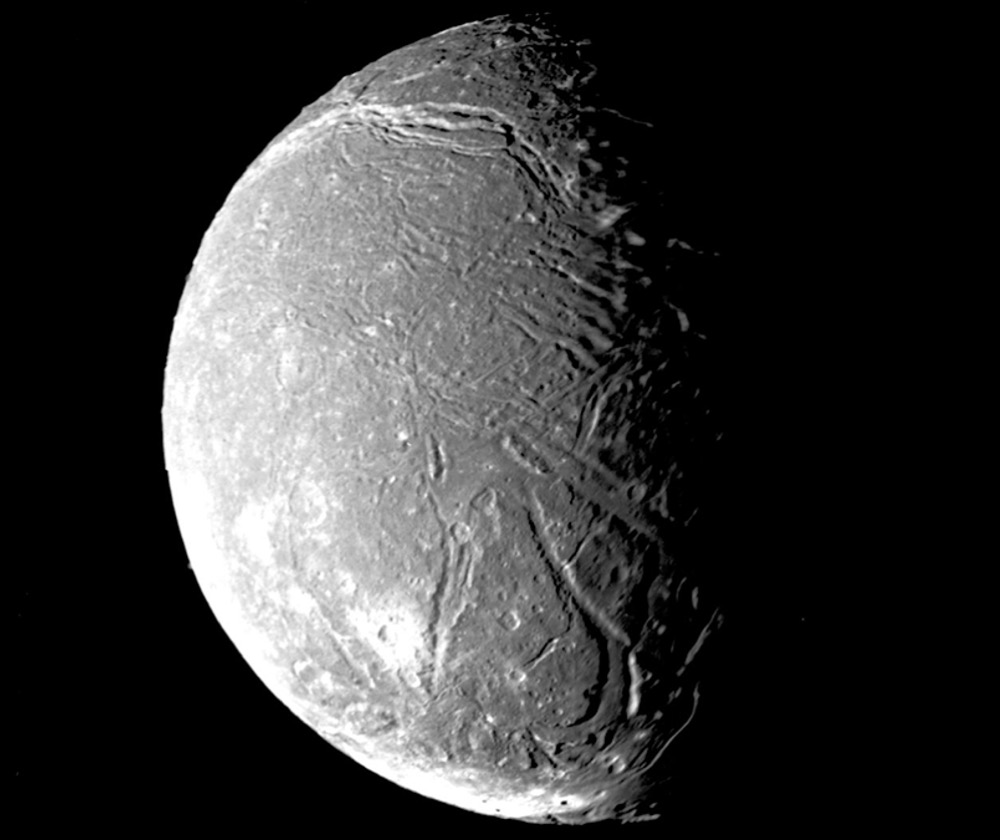
Investigating origins of CO2 ice on Uranian moons
August 29, 2024
A new study investigates the role of volatile migration in the unique Uranian thermal environment Read more
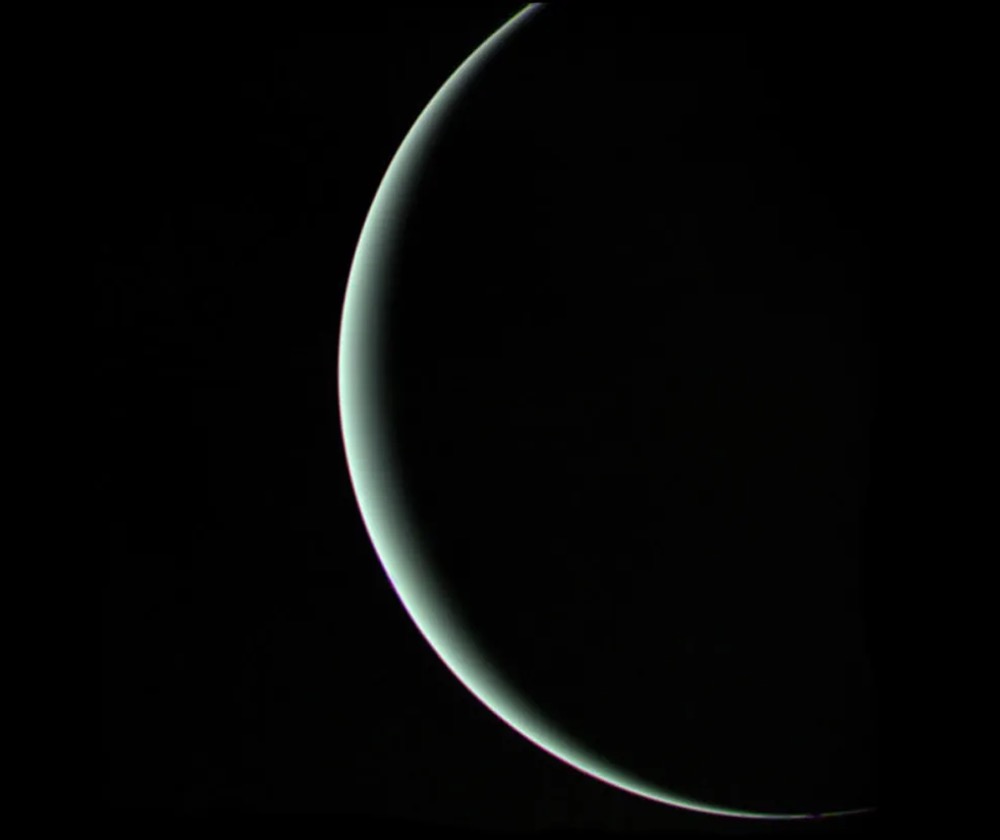
Why Uranus is the coldest planet in the Solar System
August 28, 2024
Planets radiate primordial heat left over from formation, but Uranus appears to be emitting very little heat Read more
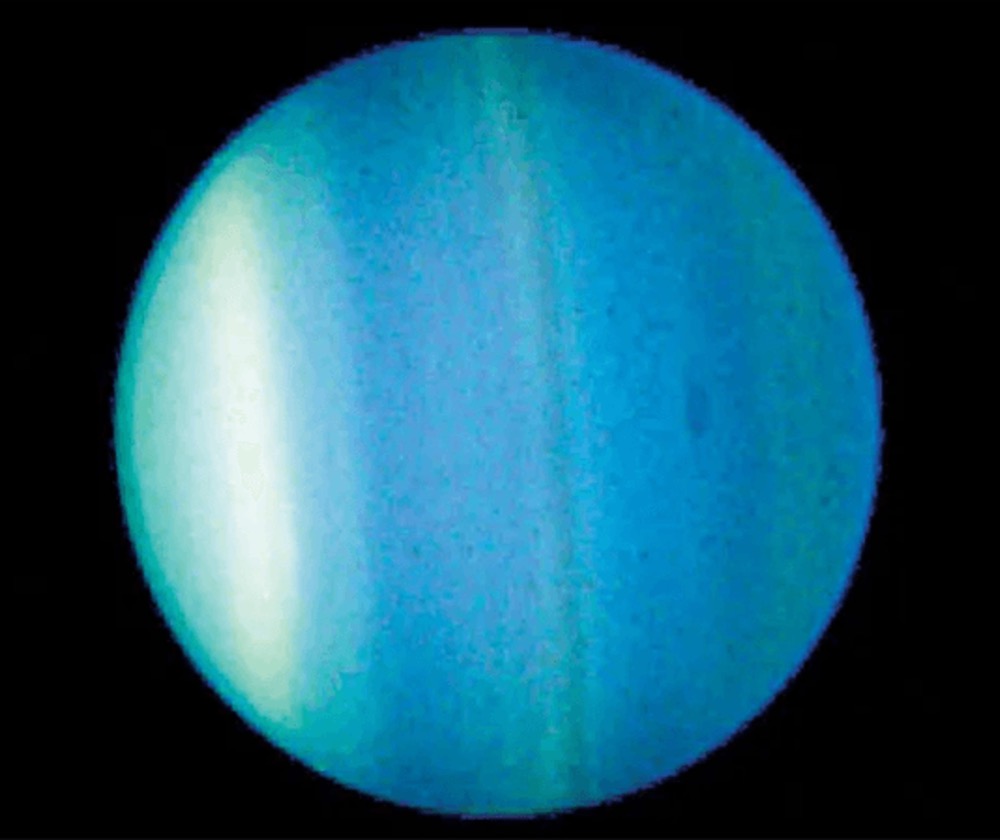
A huge event in its past made Uranus tilt sideways
August 16, 2024
When scientists took a long look at Uranus, they found a lot of methane and a few surprises Read more
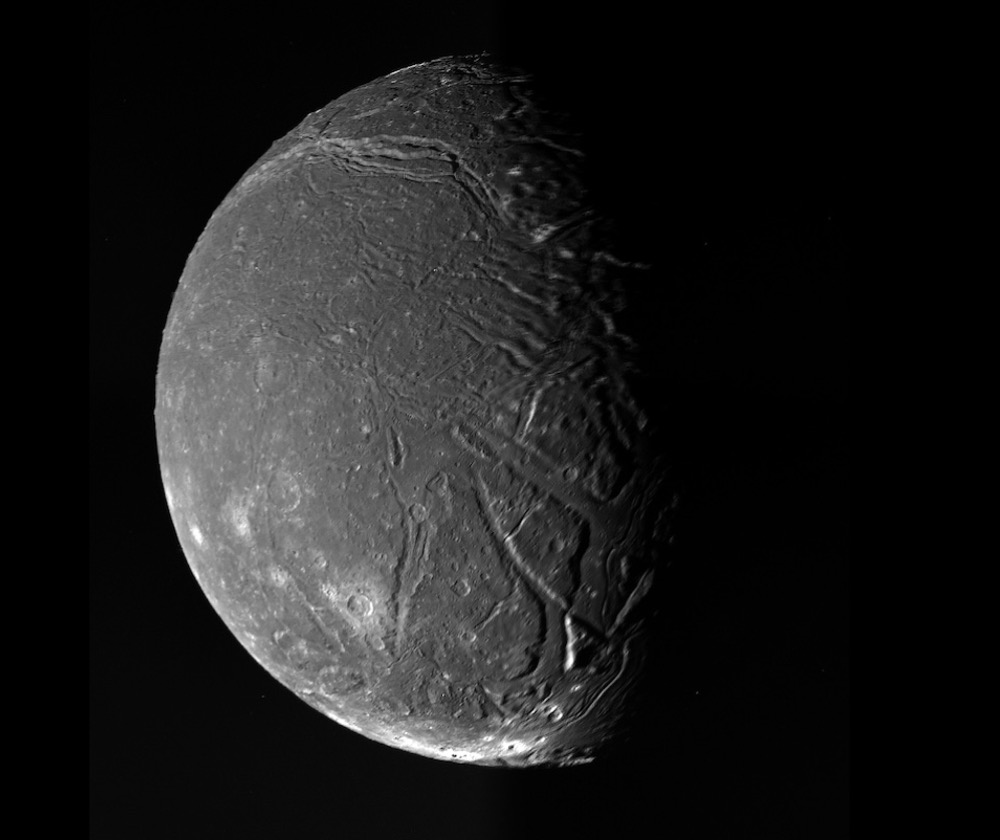
Does Uranus’ moon Ariel have a hidden ocean?
July 23, 2024
JWST has new observations that suggest it might harbor an ice-covered, subsurface ocean Read more
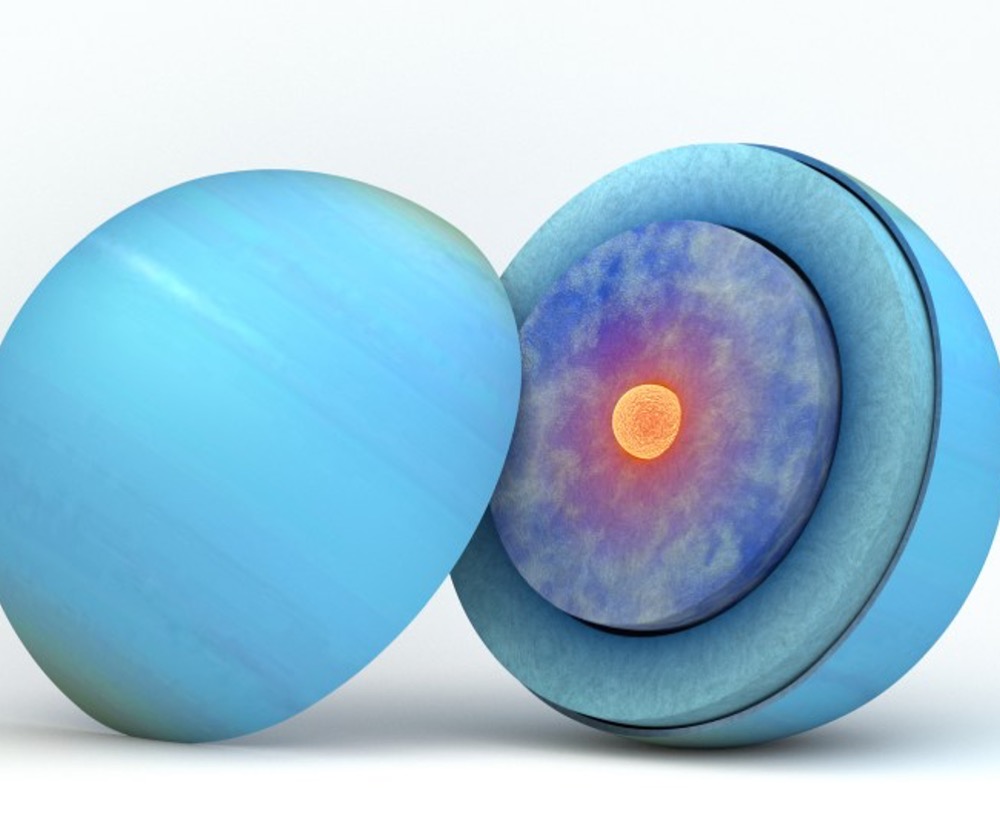
A mission to Uranus requires a community-building effort on Earth
July 23, 2024
It's an opportunity to build a diverse, interdisciplinary team that spans generations Read more
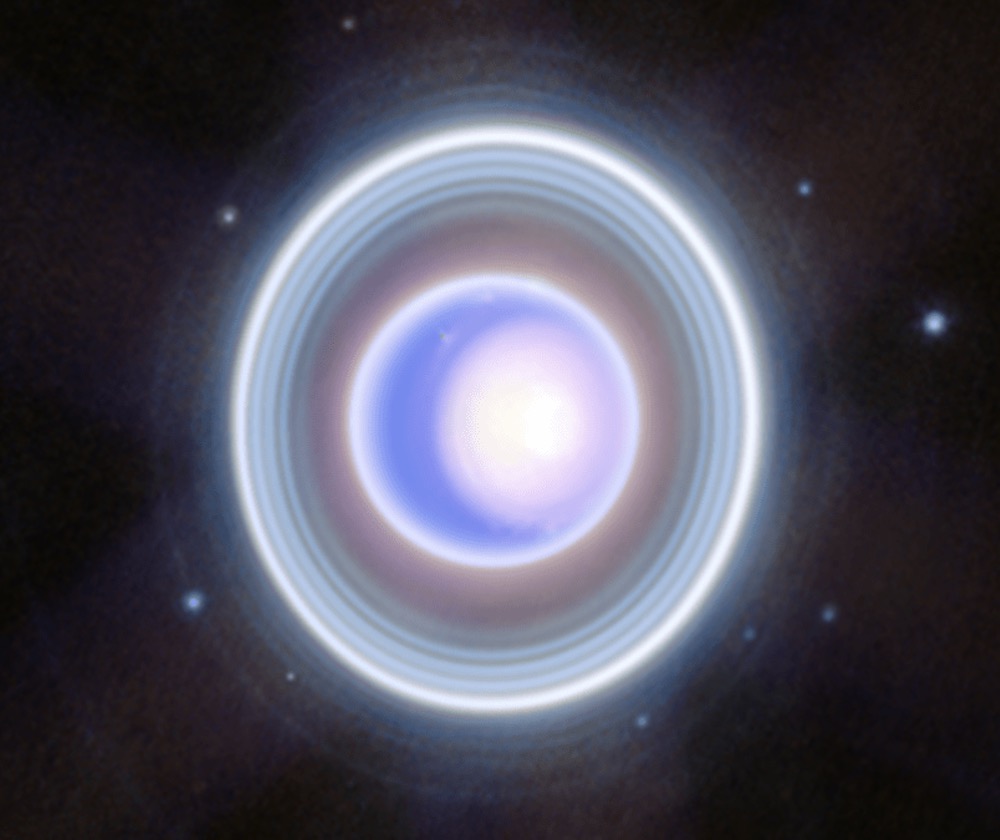
'Traffic jams' around Uranus could solve the mystery of its weak radiation belts
July 9, 2024
It's possible the belts' weakness is linked to the tilted and lopsided magnetic field Read more
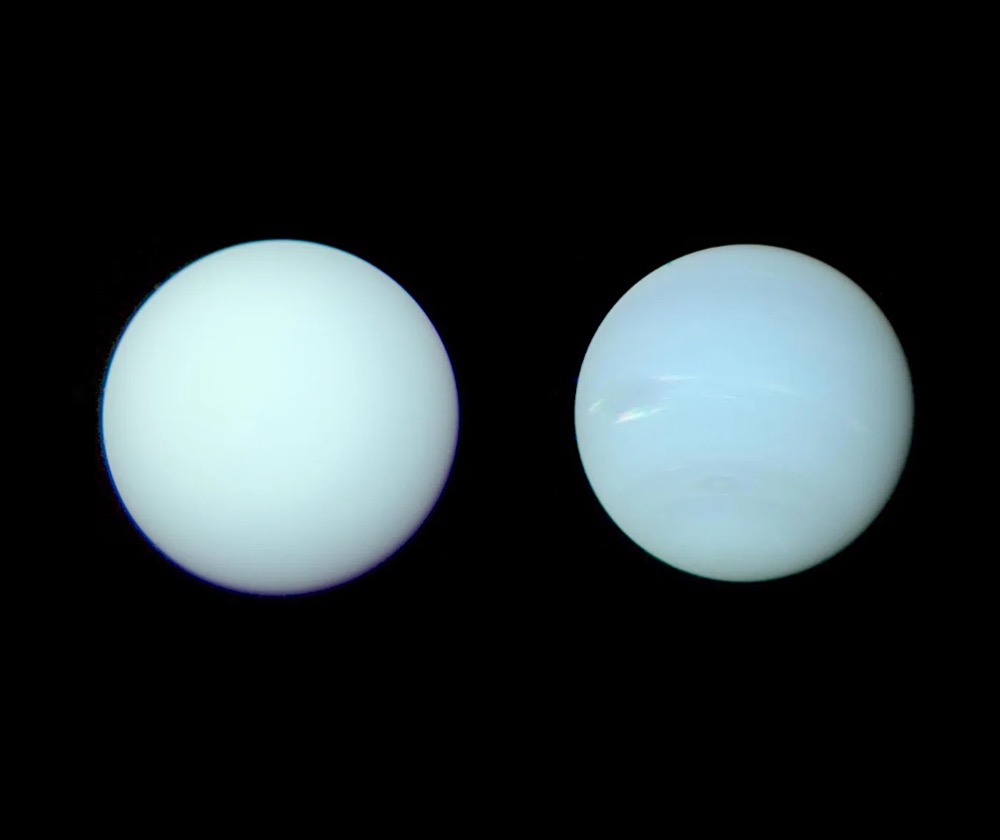
Uranus and Neptune as methane planets: Producing icy giants from refractory planetesimals
June 1, 2024
It is often assumed that they contain roughly twice as much water as rock Read more
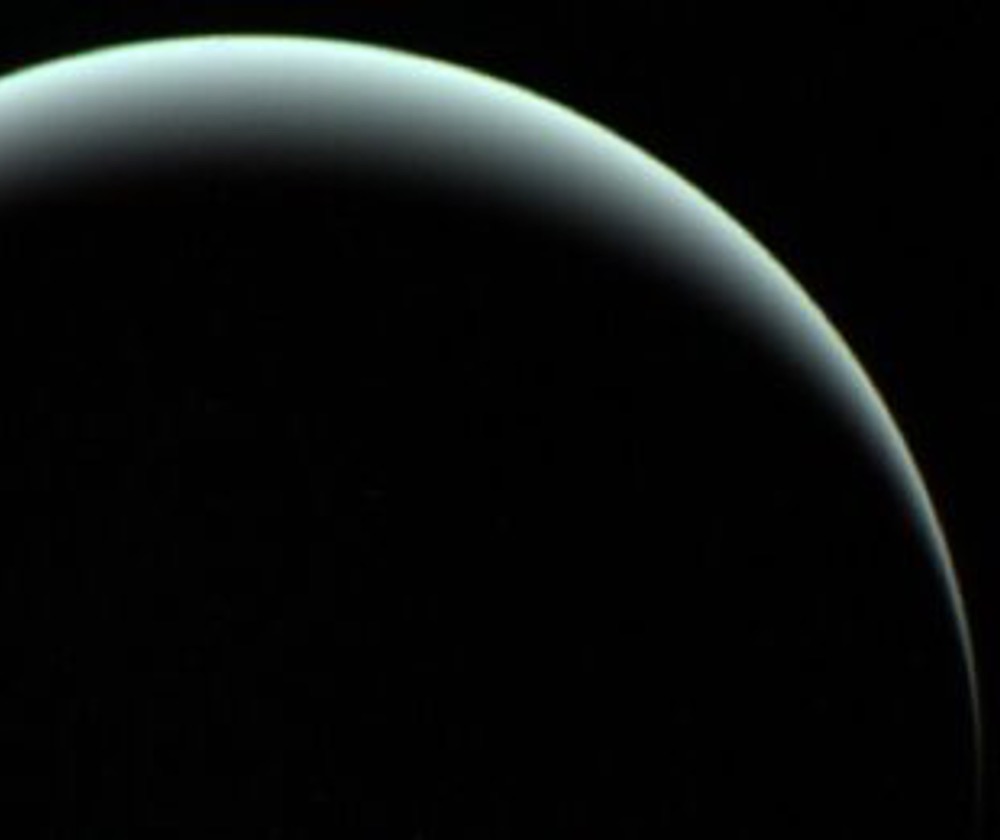
A bizarre form of water could help explain Uranus's messy magnetism
May 29, 2024
It's off-kilter and tilted wildly from the rotational axis in a way that's not seen in any other planet Read more
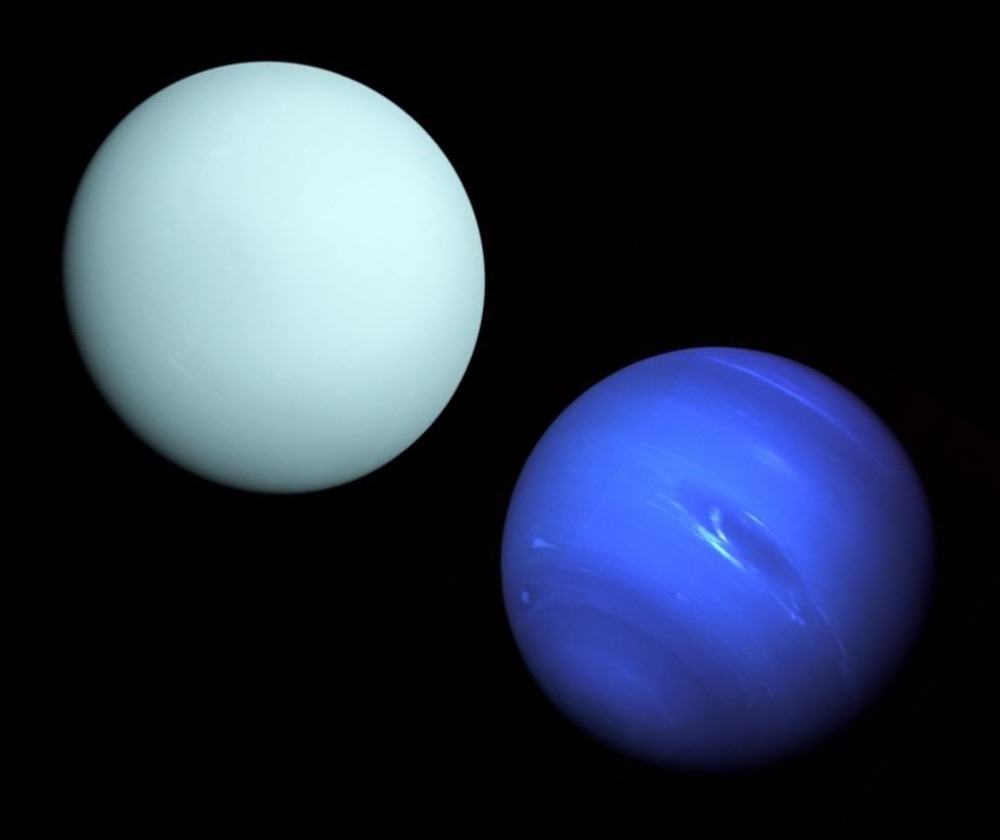
When Uranus and Neptune migrated, three icy objects were crashing into them every hour!
May 18, 2024
The giant outer planets haven’t always been in their current position Read more
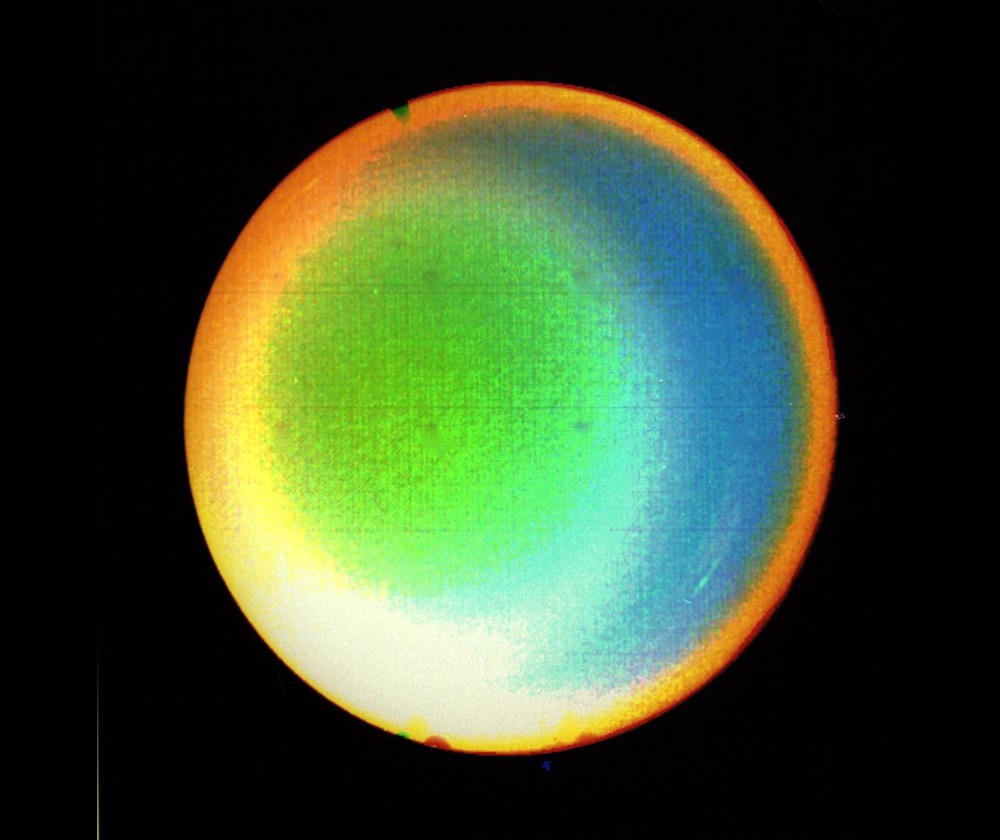
Uranus and Neptune aren't made of what we thought
April 11, 2024
A study suggests the ice giants Uranus and Neptune aren't quite as watery as previously thought Read more
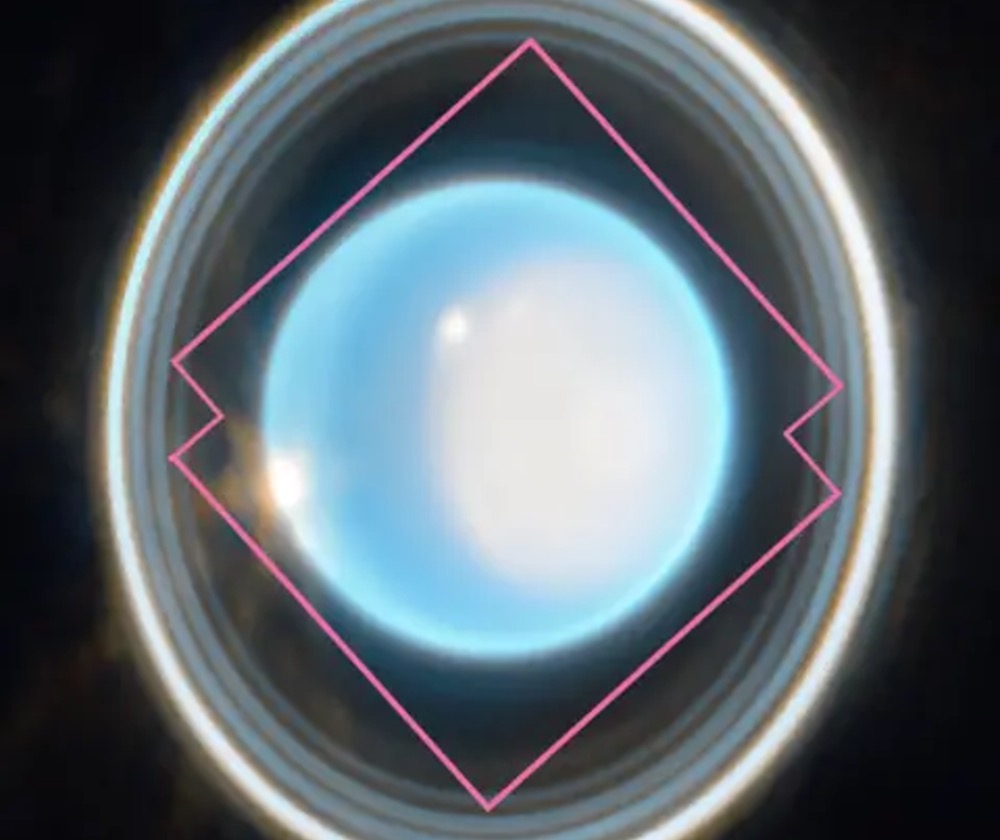
'Game-changing' study into Saturn's (and Uranus') northern lights
March 22, 2024
It could "fundamentally shape our understanding" of both planets Read more
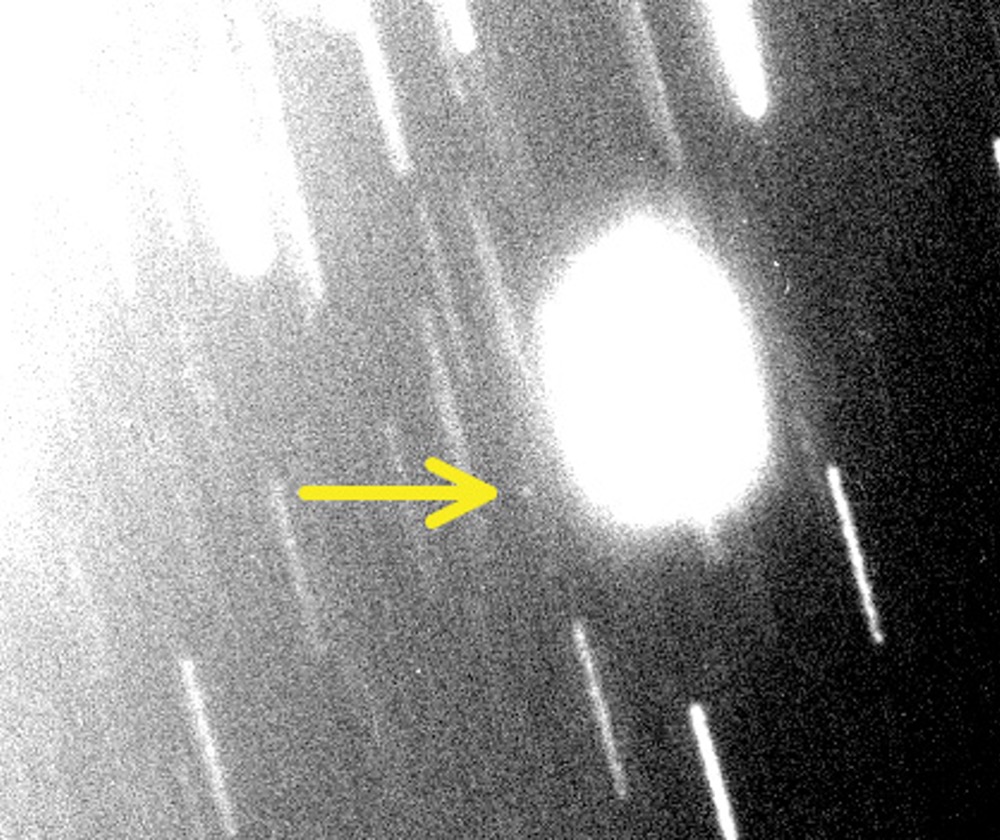
The three new moons for Uranus and Neptune are each part of a “family"
February 7, 2024
These groupings fragmented from a single parent object Read more
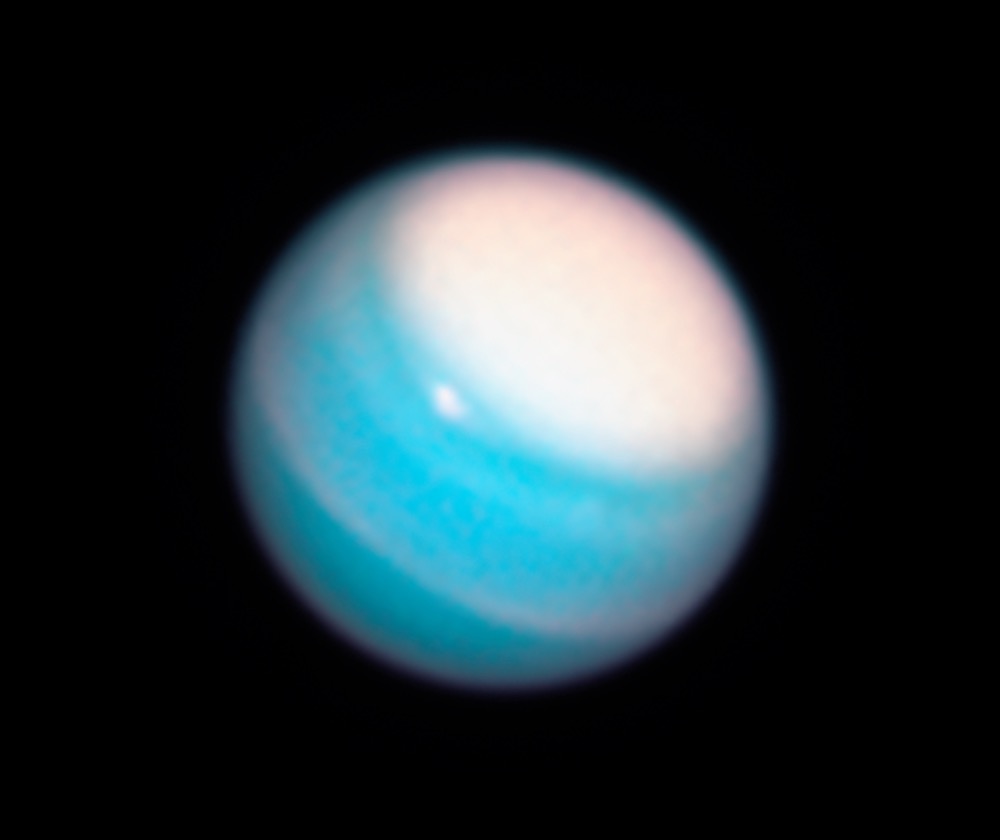
Hubble reveals dynamic atmospheres of Uranus, Neptune
February 7, 2024
Their seasons are much longer than on Earth, spanning decades rather than months Read more
Fascinating Facts About Uranus
- If the sun were as tall as a typical front door, Earth would be the size of a nickel and Uranus would be about as big as a softball.
- From Uranus’ surface, the Sun appears about one-twentieth as large as it does from Earth and sunlight appears about 370 times dimmer.
- Uranus reaches the coldest temperature of any other planet even though it is not the farthest from the Sun.
- Many of Uranus’ moons are named after characters from the works of William Shakespeare and Alexander Pope.
- Uranus rotates on its side: it spins horizontally, and as a result of its sideways rotation, Uranus experiences around 20 years of night in the winter, 20 years of day in the summer and 42 years of night and day in the spring and fall.
- Uranus is an ice giant. Most (80 percent or more) of the planet's mass is made up of a hot dense fluid of "icy" materials – water (H2O), methane (CH4). and ammonia (NH3) – above a small rocky core.
Missions
Voyager 2 (1977)
Mission to study the outer solar system



